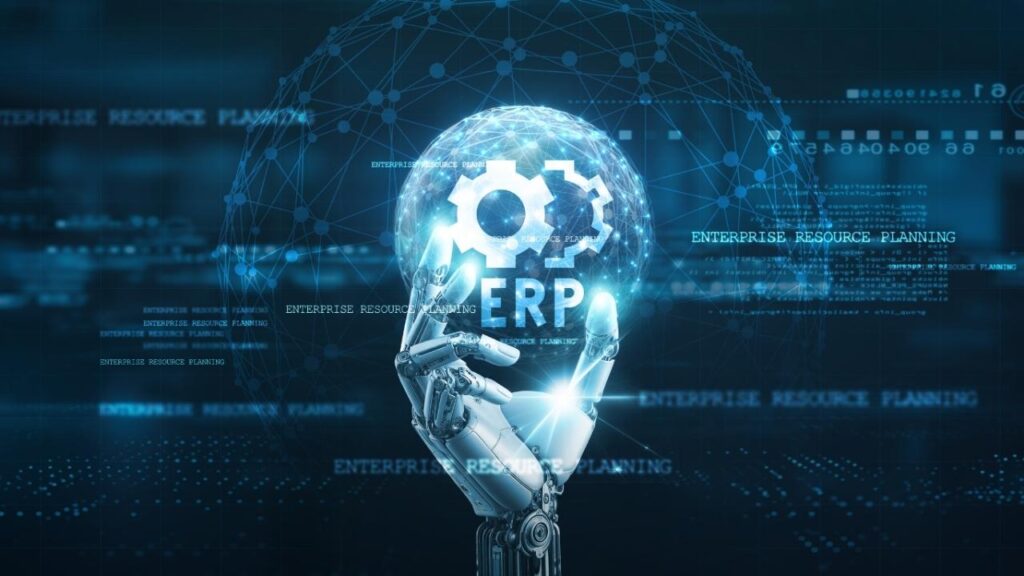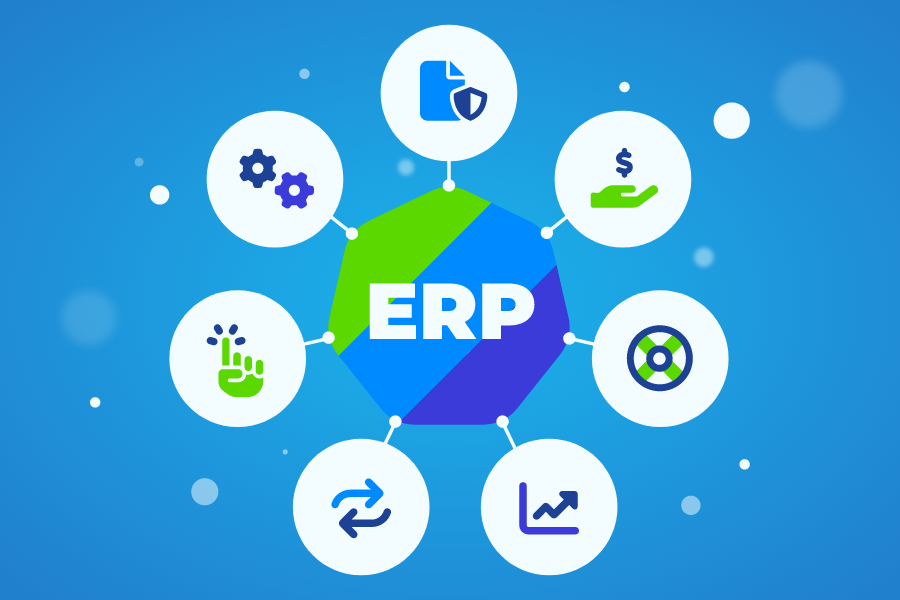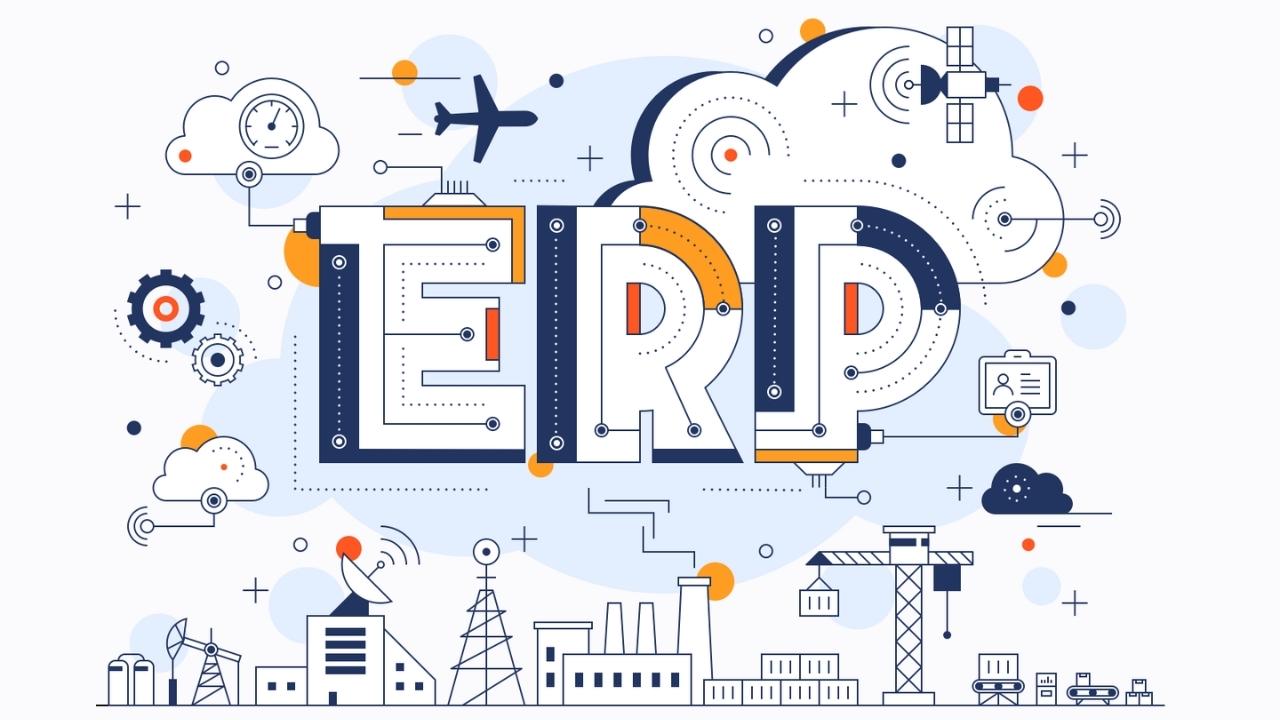The modern business world is an ecosystem of constant change, where agility and strategic insight separate industry leaders from the rest. That’s where modern Enterprise Resource Planning (ERP) systems come in. Once known as back-office tools for accounting and supply chain management, today’s ERP platforms have evolved into central command centers that integrate finance, operations, sales, and customer experience in real time.
If your organization is serious about scaling efficiently, making data-driven decisions, and improving collaboration, ERP software is no longer optional — it’s essential.
In this article, we’ll explore how ERP systems are transforming businesses in 2026, what to look for when selecting the right solution, and highlight KPC’s roundup of ERP products to consider for those looking to make an informed decision.
What Is an ERP System — and Why Does It Matter?
An Enterprise Resource Planning (ERP) system is an integrated suite of business applications designed to manage and automate core processes across departments — from finance and inventory to human resources and customer relations.
In the past, these functions often operated in silos, leading to duplicate data, inefficiencies, and inconsistent reporting. Modern ERP solutions eliminate those bottlenecks by centralizing operations into one unified system of record.
For marketers and business leaders, that translates to:
- Real-time visibility into company performance
- Faster decision-making through unified analytics
- Improved collaboration between teams
- Reduced operational costs via automation and resource planning
The result? A more agile, data-driven organization that can adapt quickly to shifting market conditions — something every business needs in 2026.
The Evolution of ERP: From Legacy Systems to Cloud Intelligence
Just a decade ago, ERP systems were clunky, expensive, and primarily hosted on-premise. Only large enterprises could afford them. Fast forward to today, and the cloud has changed everything.
1. Cloud-First Architecture
Modern ERPs like NetSuite, Microsoft Dynamics 365, and Acumatica have embraced the cloud, enabling businesses of all sizes to deploy quickly without heavy IT infrastructure. Cloud architecture allows for remote access, automatic updates, and better scalability — perfect for today’s hybrid workforce.
2. AI-Driven Automation
The rise of artificial intelligence has redefined what ERP can do. Systems now predict inventory demand, automate financial reconciliations, and even flag anomalies in supply chains before they happen. Imagine knowing what’s going wrong in your business before it affects your customers.
3. Industry-Specific Solutions
Vendors are no longer offering one-size-fits-all products. Instead, they’re developing industry-focused ERPs tailored to sectors like manufacturing, retail, healthcare, and professional services. This means less customization, faster deployment, and better ROI.
How ERP Systems Empower Smarter Marketing Operations

ERP and marketing might seem like distant cousins — but in truth, they’re becoming increasingly intertwined.
Here’s how ERP tools are helping marketing teams work smarter:
- Unified Customer Insights: With CRM data integrated into ERP, marketers can track customer journeys across every touchpoint, from initial lead to final sale.
- Budget Transparency: Real-time access to financial data ensures marketing campaigns stay aligned with company-wide budgets.
- Performance Analytics: Integrated dashboards reveal which marketing channels generate the best ROI.
- Automation & Accuracy: Invoicing, campaign billing, and vendor payments can all be managed through the ERP, reducing manual errors.
By syncing marketing automation tools with ERP systems, businesses can finally bridge the gap between strategy and execution.
Top ERP Solutions Making Waves in 2026
The ERP market is crowded, but some platforms consistently rise to the top in terms of usability, scalability, and innovation. According to KPC’s roundup of ERP products to consider, these vendors are leading the way in 2026:
1. Oracle NetSuite
A cloud-native ERP built for scalability, NetSuite continues to dominate the mid-market and enterprise sectors. It integrates accounting, CRM, and eCommerce in one system — ideal for fast-growing businesses that need flexibility.
2. SAP S/4HANA
Known for its powerful analytics and deep integration, SAP’s S/4HANA Cloud offers real-time data processing, making it a go-to choice for global enterprises managing complex operations.
3. Microsoft Dynamics 365
Perfect for SMBs and enterprises alike, Dynamics 365 combines ERP and CRM functionality while integrating seamlessly with familiar tools like Excel, Outlook, and Teams.
4. Acumatica Cloud ERP
Highly praised for its flexible licensing and open architecture, Acumatica is gaining traction among small to mid-sized businesses looking for a modern, user-friendly ERP.
5. Infor CloudSuite
Infor’s industry-specific ERP solutions shine in manufacturing, distribution, and healthcare — offering deep functionality without heavy customization.
These platforms prove that ERP systems aren’t just operational tools — they’re strategic assets that enable smarter planning, faster execution, and measurable growth.
How to Choose the Right ERP System for Your Business

Selecting an ERP solution is a major decision. To find the right fit, focus on these key areas:
- Business Objectives: Define what success looks like — automation, integration, analytics, or scalability.
- Industry Fit: Choose a vendor that understands your vertical (manufacturing, retail, services, etc.).
- Cloud vs. On-Premise: Cloud systems offer flexibility and lower maintenance, but on-premise solutions can provide greater control for regulated industries.
- Total Cost of Ownership (TCO): Don’t just consider the software price — factor in implementation, customization, training, and support.
- User Experience: Adoption is key. Choose a system that’s intuitive and fits your team’s daily workflow.
The right ERP will empower every department — from marketing to finance — to operate as a unified force rather than isolated silos.
The Future of ERP: Integration, Intelligence, and Agility
As we look beyond 2026, ERP systems are moving toward an even more connected, intelligent future.
Expect to see:
- Deeper AI integration for predictive insights
- Embedded analytics in every module
- No-code customization tools empowering business users
- Enhanced API ecosystems connecting ERP with CRM, HR, and marketing automation platforms
The result? Businesses that operate not reactively, but proactively, with data driving every decision.
Bringing It All Together: Why ERP Systems Define Business Success in 2026
ERP systems have evolved from being mere back-office utilities to becoming the nerve centers of modern enterprises. For marketers, finance professionals, and decision-makers alike, the right ERP can unlock new levels of visibility, agility, and performance.
Before you make your next software decision, explore KPC’s roundup of ERP products to consider — a comprehensive guide that breaks down the top solutions shaping the ERP landscape in 2026.
Because in the end, the smartest businesses aren’t just powered by great marketing — they’re powered by great systems that make smart marketing possible.
Related: Get Ready for Success: 11 Best Point of Sale (POS) Systems
Related: The Business Value of Cybersecurity in a Competitive Market

